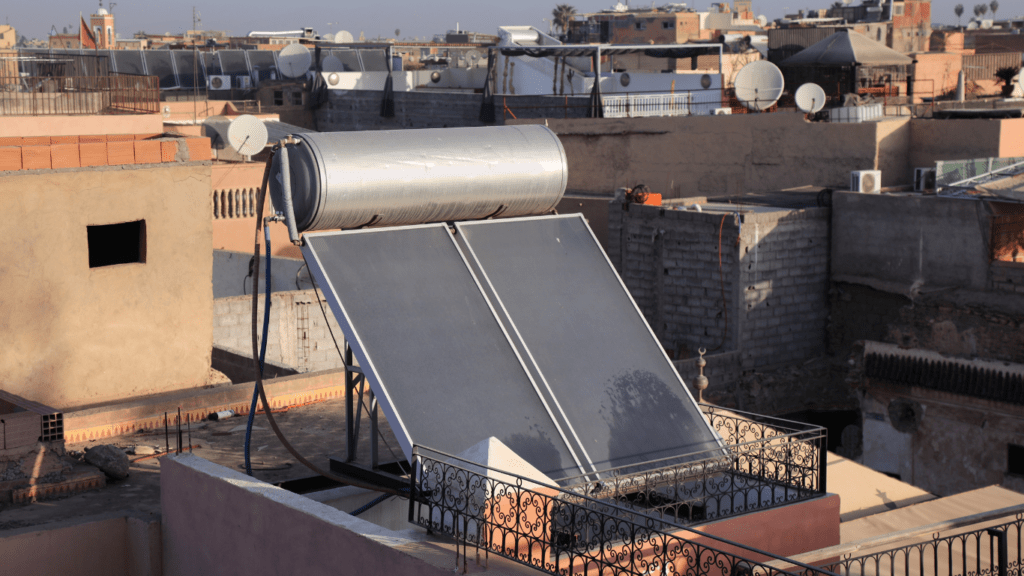In today’s fast-paced world, the push for sustainable living has never been more prominent. As I delve into the realm of energy-efficient homes, it’s evident that the demand for such properties is on the rise.
Homebuyers are increasingly seeking residences that not only offer comfort and style but also prioritize energy efficiency. In this article, I’ll explore the reasons behind the escalating popularity of energy-efficient homes and the benefits they bring to homeowners and the environment.
From lower utility bills to reduced carbon footprints, the advantages are compelling. Join me as I uncover how these eco-friendly dwellings are not just a trend but a smart choice for a greener future.
Overview of Energy-Efficient Homes
Energy-efficient homes are becoming increasingly popular in today’s real estate market. Homebuyers are actively seeking properties that not only provide comfort and style but also prioritize sustainability. The demand for energy-efficient homes is on the rise due to various factors.
Importance of Energy-Efficient Homes
Energy-efficient homes play a crucial role in today’s housing market, meeting the increasing demand for sustainable living solutions. Let’s delve into the specific advantages these homes offer in terms of environmental benefits and cost savings:
Environmental Benefits
I’m passionate about the positive impact energy-efficient homes have on the environment. By reducing energy consumption, these homes help lower greenhouse gas emissions, contributing to a healthier planet.
Additionally, they promote resource conservation by utilizing renewable energy sources and minimizing waste.
Cost Savings
When it comes to saving money, energy-efficient homes are a top choice. I’ve seen firsthand how these homes lead to significant reductions in utility bills. By incorporating energy-saving features like insulation, efficient appliances, and smart technology, homeowners can enjoy long-term savings while also increasing the value of their property.
Factors Driving Demand for Energy-Efficient Homes
Energy-efficient homes are increasingly sought after due to several key factors that are shaping the real estate market towards sustainability.
Government Incentives
I’ll first delve into government incentives that encourage the adoption of energy-efficient homes. Policies offering tax credits, rebates, or grants for homeowners investing in energy-saving upgrades play a vital role in driving the demand for such properties.
These incentives not only make energy-efficient solutions more accessible but also motivate individuals to choose environmentally friendly options when buying or renovating homes.
Consumer Awareness
Another significant factor propelling the demand for energy-efficient homes is the rise in consumer awareness regarding environmental issues and sustainable living. With the increasing focus on climate change and reducing carbon footprints, homebuyers are now more informed and actively seek properties that minimize energy consumption and promote eco-friendly practices.
This heightened awareness drives the market towards offering energy-efficient homes as the preferred choice for conscientious buyers looking to make a positive impact on the environment.
Energy Efficiency Regulations
Energy efficiency regulations set by local authorities and building codes also contribute to the surge in demand for energy-efficient homes. These regulations often mandate minimum energy performance standards for new construction or renovation projects, pushing developers and homeowners to prioritize energy-efficient features in their properties.
By complying with these regulations, individuals not only meet legal requirements but also benefit from lower energy costs and increased property value associated with energy efficiency.
Trends in Energy-Efficient Home Construction
Exploring the current landscape of energy-efficient home construction, it’s evident that sustainability is not just a passing trend but a fundamental shift in the real estate market. Homebuyers are increasingly drawn to properties that offer a harmonious blend of modern comforts with eco-friendly features, reflecting a growing emphasis on sustainable living practices.
Key trends shaping the construction of energy-efficient homes include:
- Net-Zero Energy Buildings: These homes are designed to produce as much energy as they consume, leveraging renewable sources like solar panels to achieve self-sufficiency.
- Passive House Design: Emphasizing airtight construction and advanced insulation techniques, passive homes maximize energy efficiency by minimizing heating and cooling requirements.
- Smart Home Technology Integration: The integration of smart devices and energy management systems allows homeowners to monitor and optimize energy usage, promoting a more sustainable lifestyle.
- Green Building Materials: From eco-friendly insulation to sustainable flooring options, the use of green building materials reduces environmental impact and enhances indoor air quality.
- Energy-Efficient Appliances: Energy Star-rated appliances and fixtures help reduce electricity consumption, lowering utility bills and environmental footprint.
These trends underscore a shift towards more sustainable and energy-conscious home construction practices, aligning with the increasing demand for greener living spaces in today’s environmentally conscious society.
Future Prospects for Energy-Efficient Homes
The future of energy-efficient homes looks increasingly promising, with growing demand driven by a shift toward sustainability in the housing market. Government incentives and rebates, combined with technological advancements in smart devices and energy management systems, are accelerating the adoption of eco-friendly features in homes, making them more financially feasible and appealing to environmentally conscious buyers.
As awareness of environmental issues rises, builders and developers are prioritizing energy efficiency, incorporating green materials and technologies to meet consumer preferences. This shift will not only transform home construction but also redefine sustainability as an essential aspect of modern housing, shaping a more eco-friendly future in real estate.




